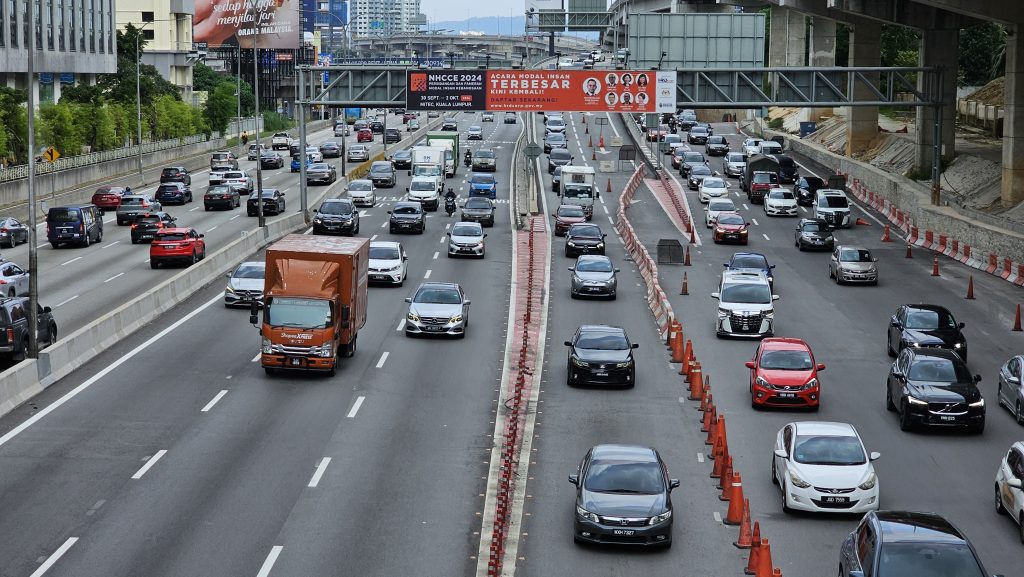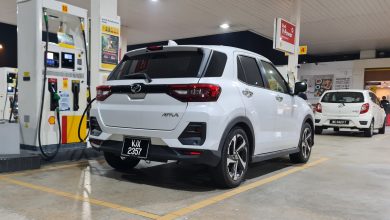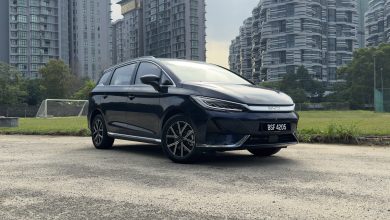So What’s The Deal Now With The Average Speed Cameras?
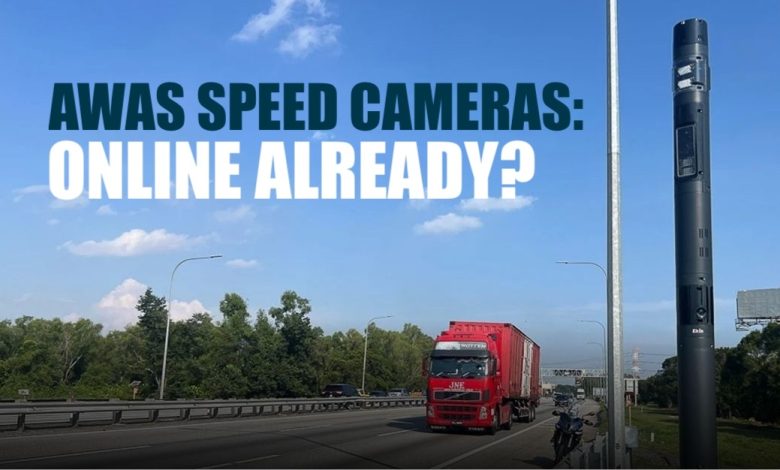
Where are they located? How do they work? And most importantly, are these average speed cameras even online now?
So while it might still feel like 2025 has just started, June is nevertheless finally upon us. And the big thing for those who like to enjoy their personal had laju kebanggaan in Malaysia is that this is the month where the first trials of the new Automated Awareness Safety System (AWAS) average speed cameras start…
…Or at least it was supposed to anyway. Such is because despite the initial announcement back in March stating that these average speed cameras were to come into effect right now, all has however been quiet on this front since then.
In any case, with still a lot of unanswered questions and this system supposedly already in operation for a day (at time of writing at least), we at Automacha thought it wise and collate some answers to at least some of the more pressing questions regarding this new-fangled point-to-point speed deterrent technology.

1. Where are the test sites located?
Starting with the most concrete information from the prior announcement, two spots were previously outlined for this initial testing phase:
- Genting Sempah tunnel to the Gombak R&R on the KL–Karak Expressway
- Senawang toll plaza (Negeri Sembilan) to Simpang Ampat toll plaza (Melaka) on the North-South Expressway
2. Does it only catch cars speeding between those two particular points?
Now already onto questions that we don’t actually have concrete answers to, at least as far as this writer can work out, the average speed camera currently will only be monitoring between the specific points where they are set up.
Or to put it in simpler terms for the speedsters out there, the run up to Genting from Karak is still pretty much a free-for-all during this trial phase. And you can likely still go pedal-to-the-metal along the North-South Expressway between KL and Johor… for now anyway.
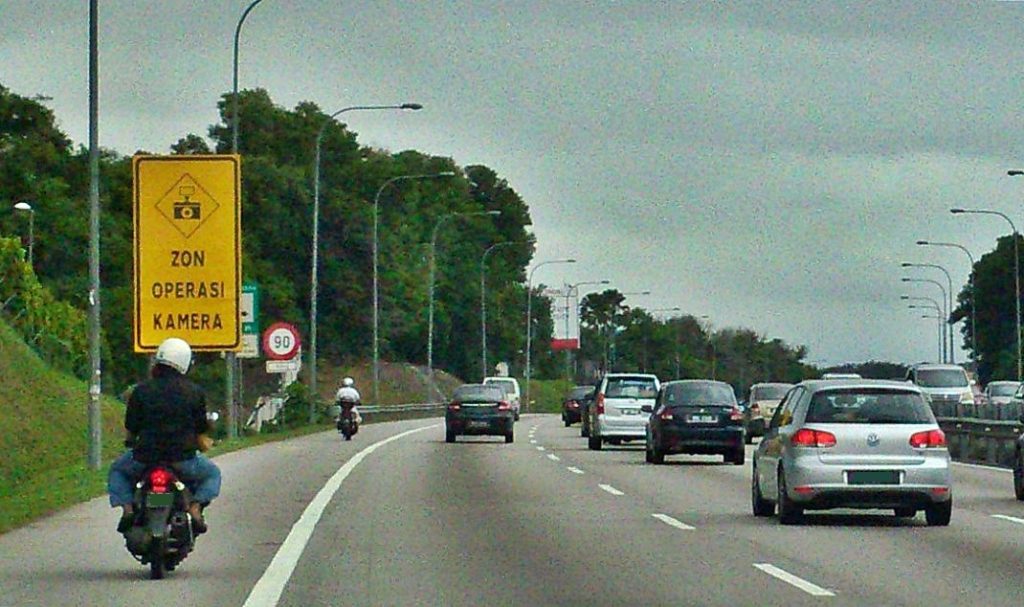
3. Is it actually operational now?
Well, the announcement that was made back in March did say trials would begin in June. But for what might be the first time ever, Malaysian inefficiency is actually working in favour of the rakyat, and there is no word (yet) of these systems going live.
P.S: This writer would nevertheless like to profusely apologise to all the speedsters out there (himself unfortunately included) if this article jinxes the silence, and causes an official launch announcement to drop the very next day after publication…
4. How does it work?
Getting a tad technical here, the average speed camera system adopts what is called a point-to-point method, which calculates the time taken to travel between two fixed points based on the route’s designated speed limit.
As for the tech behind it, the government will apparently be using Ekin spotter cameras. These black poles on the side of the highway are apparently capable of detecting speeds of up to 320 km/h, and features Automatic Number Plate Recognition (ANPR) tech that allows the system to log your registration number accurately at both checkpoints.

5. Can I cheat the system by stopping at an R&R for a bit?
Now back to more pertinent questions: the official line on this is apparently no. The government says these high-tech cameras have AI incorporated to detect whether you’ve stopped somewhere to fudge your numbers.
To paraphrase Transport Ministry secretary-general Datuk Jana Santhiran Muniayan: this artificial intelligence-assisted system can detect if a driver has stopped anywhere to artificially extend travel time. “This means drivers cannot escape being detected if they exceed the speed limit, as the system measures both distance and time.”
But… to this writer at least, “AI” here feels like a bit of a buzzword smokescreen. Unless there are supporting cameras at every rest stop (or all along the highway), it is hard to see how the system would actually have the data to know you’ve stopped.
After all, if it’s purely based on two timestamped checkpoints, how would it tell the difference between a quick break and just cruising slower?

Closing Remark
In this writer’s own (likely misguided and definitely self-serving) opinion, this new average speed cameras proposal won’t actually do all that much to make highway driving safer in Malaysia. In fact (and this is perhaps a controversial statement here), they might just make it more dangerous.
Just think about it: drivers will now technically have to be fixated on the speedometer just to keep their speed in check. This in turn reduces their focus on their surroundings, which is not exactly ideal when piloting a motor vehicle at triple-digit speeds.

Given that the detection points are so far apart too, it will inevitably become quite the mentally draining activity just to avoid that fine. And this added fatigue could ironically lead to even more accidents on the road…
What more is that this would all but likely also lead to unnecessary slowdowns on the highway, with tailbacks created as drivers ease off the throttle (or brake unnecessarily) just to “balance the math”. Arguably, this is even more dangerous than drivers on the fast lane maintaining a constant and predictable (albeit high) rate of speed.
Then there’s also the issue of how this disproportionately affects those driving more affordable cars, that more likely than not have no cruise control to help easily maintain a steady speed. Stray even slightly over the 110 km/h limit for a short while, and now you’re stuck doing mental gymnastics over the next few kilometres trying to average it all out.
If the government is really interested in reducing highway accidents, perhaps it should actually consider doing something about improving enforcement of heavy vehicle safety standards to curtail what seems to be an increasing number of accidents involving lorries and buses on highways these days.
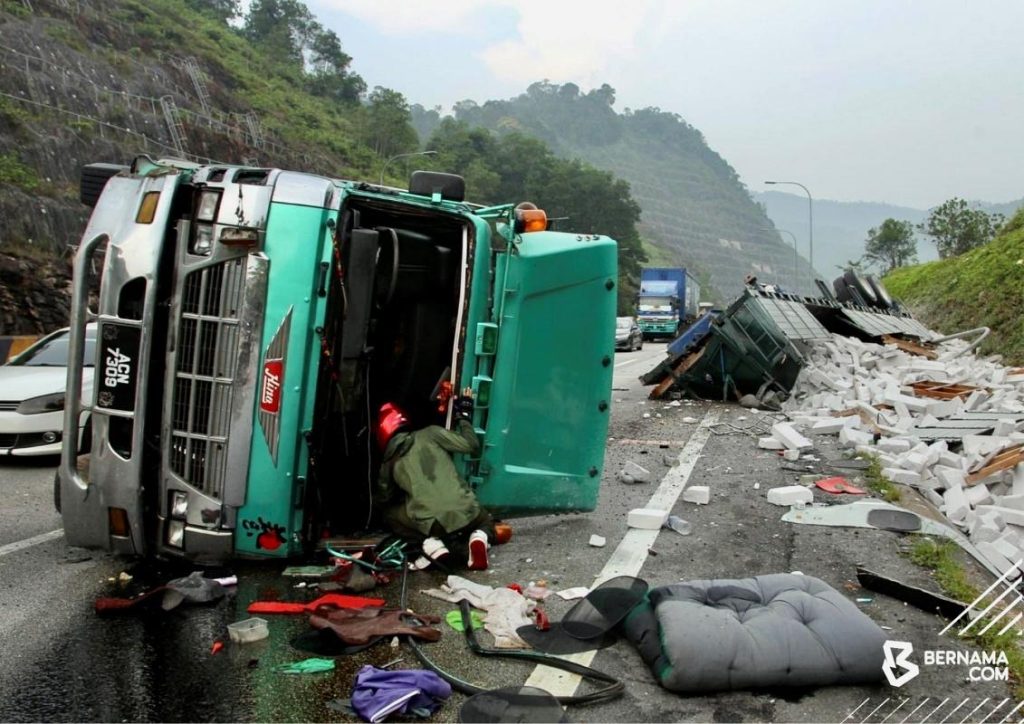
Alternatively, the government could also consider beefing up driver education across the board. The German autobahn is after all proof that high speeds don’t necessarily equal high danger, but that comes down to impeccable lane discipline and an educated driving culture.
Or how about implementing a general roadworthiness inspection program for all cars to ensure that they are not just safe on the highway, but safe on all roads in general?
